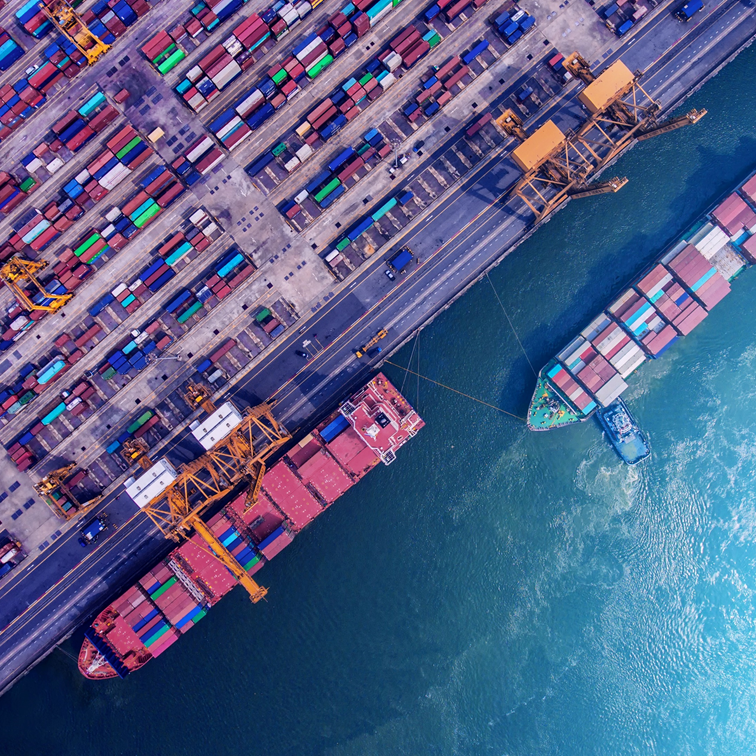The European Space Agency’s Unmanned Maritime Systems (UMS) competitive tender offers support and funding to companies looking to carry out an in-depth analysis on the technical feasibility and economic viability of new or enhanced services.
HOW TO APPLY
- Register by completing online questionnaire on ESA-STAR Registration (minimum ‘light registration’)
- Download the official tender documentation (Invitation to Tender) and create ‘Bidder Restricted Area’ via EMITS from date TBD
- Write your proposal and obtain Letter of Support from National Delegation (link)
- Submit your proposal via ESA-STAR Tendering by (deadline will be announced soon)
WHAT ARE WE LOOKING FOR?
We’re looking for teams that have identified a market opportunity that’s attractive and has real potential for engaging customers. Motivation, business experience and domain expertise are key.
But most importantly of all, we want to hear business ideas that are commercially viable, technically possible and involve either space tech or data; such as satellite Earth observation, satellite navigation, satellite communications, spaceflight technologies.

KEY FOCUS AREA
The term Unmanned Maritime Systems (UMS) refers to all systems, subsystems, associated components, vehicles, equipment and logistics for the operation of Unmanned Vehicles. These vehicles can be operated on the surface or underwater and may be remotely operated, partially or fully autonomous.
- Maritime surveillance
- Demining operations
- Environmental monitoring
- Logistic and maintenance
- Critical infrastructure monitoring
- More info available in the tender description on EMITS
WHAT WE OFFER
We offer funding and support to companies for business case assessment and development of new space empowered services for unmanned maritime systems.
- Zero-equity funding
- A personalised ESA consultant.
- Technical & commercial guidance.
- Access to our network of partners.
- Credibility of the ESA brand.
THE VALUE OF SPACE FOR UMS
UMS operations have largely consisted of a vehicle being programmed upon launch and embarking upon operations with the specific mission plan. Data was stored and transferred on completion of the mission. A move towards more robotic centric ehicles is now visible. Projects now include data exchange components for perating fleets of underwater or surface vehicles, data reporting, dynamic navigation and collaborative actions. To date, satellites have been generally only been used for Command and Control (C2) data exchange. There exists considerable scope for the integration of satellite communications, not just in the C2 functionality but in the real time transmission of mission data.
Satellite Navigation:
For UMS operations as well as service provision space assets play a pivotal role. Positioning and navigation systems (GNSS) are required to determine and control location, speed and course of the unmanned vehicles.
Satellite Communication:
Furthermore, a large amount of data produced by on-board sensors needs to be relayed for ensuring remote control of the vessels. This is required in order to perform the function of obstacles detection and avoidance, but also for control of on-board critical equipment. Communications technology shall ensure wireless monitoring and control functions both on and off board. A reliable and secure satellite communication (SatCom) link will play a key role to support and ensure crucial functions such as continuous tracking/monitoring of the vessels, route information update, remote control of the vessels, particularly for UMS operations in vast areas.
Earth Observation:
The role of satellite Earth Observation (SatEO) to increase the maritime domain awareness and to support UMS operations is undisputable: satellite radar images provide day and night coverage independent of fog and cloud cover. Satellite optical images can provide very high resolution colour images of ports, coastlines and targeted activities at sea, but are limited to daylight and cloud free conditions. Satellite imaging can play a key role in ensuring safety of operations at sea by raising awareness against risks of adverse weather/sea conditions and possible natural disasters. Additionally, SatEO data integrated with data collected through UMS operations can support a plethora of maritime services, including maritime environmental surveillance.



